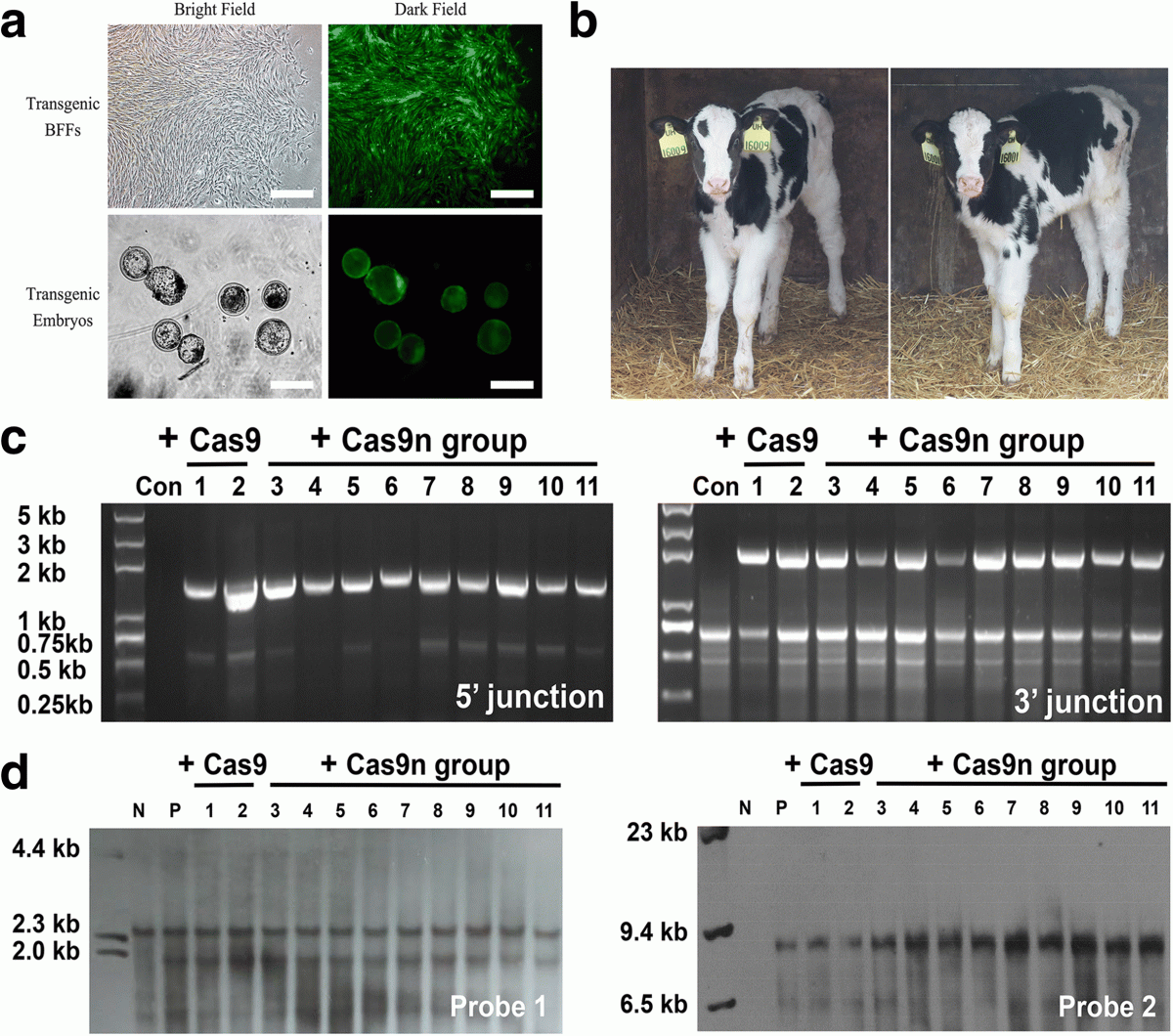
CRISPR Cows
Bovine tuberculosis is a disease that affects cows, but can also be transmitted to human beings and other animals. While the disease is well-controlled in most countries, there are still cases of cattle fatalities due to bovine tuberculosis in developing countries. The situation is made worse when the drug-resistant strain of the disease surfaced.
Researchers from the Northwest A&F University in China have given cows a better fighting chance. Using the world’s most effective gene editing tool called CRISPR, the researchers inserted a gene that’s associated with tuberculosis resistance into 20 cows. Of these, 11 cows lived past 3 months and showed greater resistance to tuberculosis compared to their unmodified.
“I think this is a very neat study that demonstrates the feasibility of introducing a desired gene of interest via a potentially safer way,” said Suk See De Ravin from the U.S. National Institutes of Allergy and Infectious Diseases, who wasn’t involved in the study.
CRISPR-Cas9 has been widely studied and applied in a good number of studies, and is so far the most efficient and cheapest method we have to insert or cut into specific locations in an organism’s genome. The Chinese team, however, applied a new version of this technique that’s potentially safer. Instead of cutting both strands of DNA, their method inserts a gene at a desired location in the cow genome into a single snip within only one strand of DNA.
“Here, we report the first application of single Cas9 nickase (Cas9n) to induce gene insertion at a selected locus in cattle,” according to the study published in the journal Genome Biology. But “obviously further studies to demonstrate the safety of the outcome are necessary,” De Ravin added.

Safe Cows are Safer
The study is yet another example of how CRISPR-Cas9 can be applied in agriculture and is also a solution to a longstanding problem. According to De Ravine, we now have the ability to raise animals with improved resistance to infections. This could dramatically reduce the overuse of antibiotics in livestock.
Moreover, the inserted gene seems to be already found naturally in some cattle, said Chuck Sattler, VP of genetic programs at cow-breeding company Select Sires. CRISPR simply made these naturally occurring changes happen faster, and in a more specific manner.
For the first time, we have cows resistant to tuberculosis. These transgenic cows reduce the transmission of tuberculosis through milk, a problem that remains in developing countries. In the U.S., pasteurization processes have “pretty much eliminated tuberculosis risk from milk, though the faddish enthusiasm for raw milk and cheeses… has reintroduced that risk,” said Harry Malech, chief of the National Institutes of Allergy and Infectious Diseases.
Being able to use CRISPR to turn cows into tuberculosis resistant cattle opens up the possibility of being able to do the same for other livestock. It could also lead to the elimination of other cow-related diseases that get transferred to humans. For now, however, these transgenic cattle still needs approval from the U.S. Food and Drug Administration.